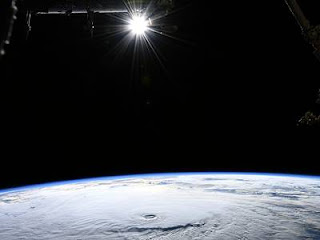Entomology

Entomology is the scientific study of insects, a branch of zoology. In the past the term "insect" was less specific, and historically the definition of entomology would also include the study of animals in other arthropod groups, such as arachnids, myriapods, and crustaceans. is the study of insects. More than one million different species of insect have been described to date. Careers in Entomology Agricultural, biological or genetic research. Forensic entomology. Public health. Consulting (agricultural, environmental, public health, urban, food processing) State and federal government agencies. Conservation and environmental biology. Pharmaceutical industry. Natural resources management. William Kirby The person that scientifically studies insects is called entomologist. William Kirby is considered as the father of entomology. Edward ...










































